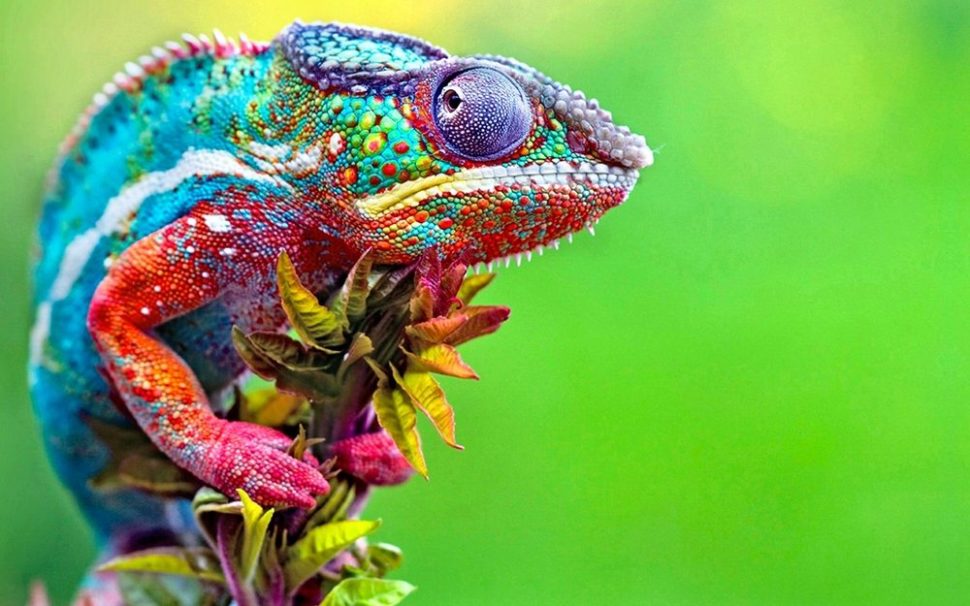Researchers created a synthetic material with physical and mechanical properties similar to those of a chameleon.
Invisibility, from ancient texts to contemporary literary fiction and motion arts, is usually associated with the supernatural. It’s no coincidence that the most popular invisibility reference right now comes from J.K. Rowling’s Harry Potter.
There are obvious benefits to being invisible. Because of this, anytime science claims to enable real-life invisibility, people pay attention.
You may have seen the viral video of a Chinese man completely disappearing behind what was presented as a quantum invisibility cloth.
https://www.youtube.com/watch?v=rNzYGwr8VfQ
Sorry, but that’s a fake video! He simply carried a plastic transparent cloth then, using after-effect software, was blended into the bushy background.
It’s Hard to Reproduce the Invisibility we Find in Nature
The principle of invisibility seems simple: an object is invisible when it doesn’t reflect light. In theory, light passes through invisible objects.
However, manifesting the concept of invisibility proves to be a nearly-impossible challenge.
Yet, scientists have to start somewhere. To that end, it’s in nature that we get a “glimpse” of real invisibility.
Dreadful, matter-eating black holes, for example, earned their name by absorbing all light (and everything else) and are therefore invisible. Astrophysicists surmise black hole existence only through the observation of effects on the surrounding fabric of space-time.
Down here on Earth, there are a few natural beings that boast invisibility-like features.
Many land and sea creatures (like octopuses, squids, some species of spiders and beetles…) have developed amazing biological cloaking techniques as defense mechanisms.
Octopuses, for example, change the color and texture of their skin to match the environment in milliseconds.
Most notably, the chameleon is our resident master of disguise. The chameleon changes its color for various reasons: to avoid predators, to attract mates, and even to demonstrate its mood.
In their attempt to create cloaking and camouflage devices, scientists test every possible route from nanocrystals and quantum materials, to “invisibility beams” and inventive use of mirrors.
But none of these scientific tricks have managed to render true “invisibility”.
Chameleonesque Synthetic Polymer
Now, an international team of researchers reports they have managed to create a chameleon-skin-like polymer.
Biological tissues, like the skin, are soft and flexible but also strong and resilient.
The first goal of the team, led by researchers from the University of North Carolina at Chapel Hill, was to recreate the complex mechanical properties of biological tissue using synthetic materials.
The end goal was to develop medical implants and devices that are biocompatible. This is done to ensure that materials adhere to the surrounding biological tissue without causing inflammation.
“The design-by-architecture approach reported in our paper will open the door for making materials a soft as brain tissue and as stiff as skin — ideal for direct use as implants for reconstructive surgery and drug delivery”
Playing with the architecture of polymers, they ended with what they call “elastomer”, or elastic polymer, which not only demonstrates mechanical properties like biological tissues, but also optical properties.
Upon experimentation, the researchers found that the synthetic polymer also changes its color upon deformation following a mechanism similar to the chameleon.
The “elastomer” is described in a paper published in Science.



















Comments (0)
Least Recent